#chitons
Explore tagged Tumblr posts
Text
Where are my polyplacorphoran fans at
397 notes
·
View notes
Text
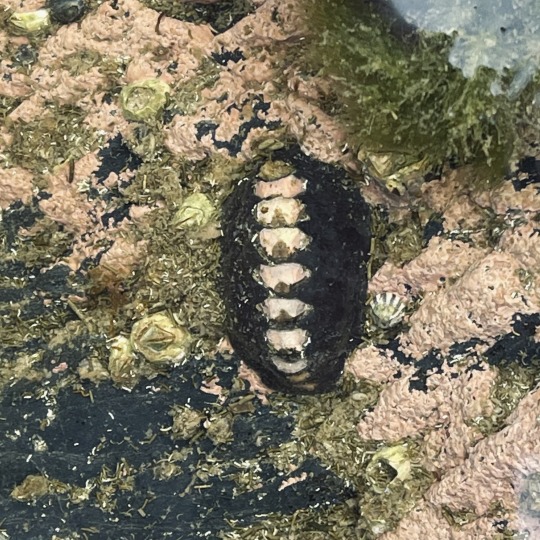
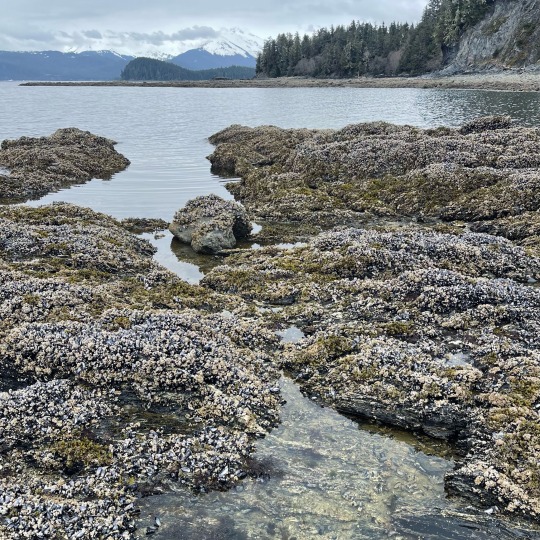

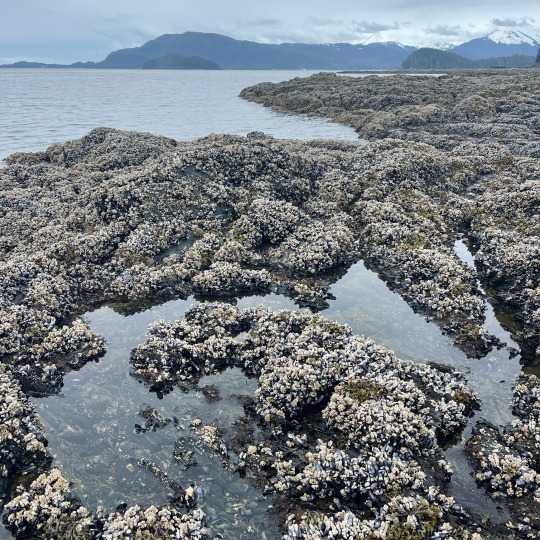
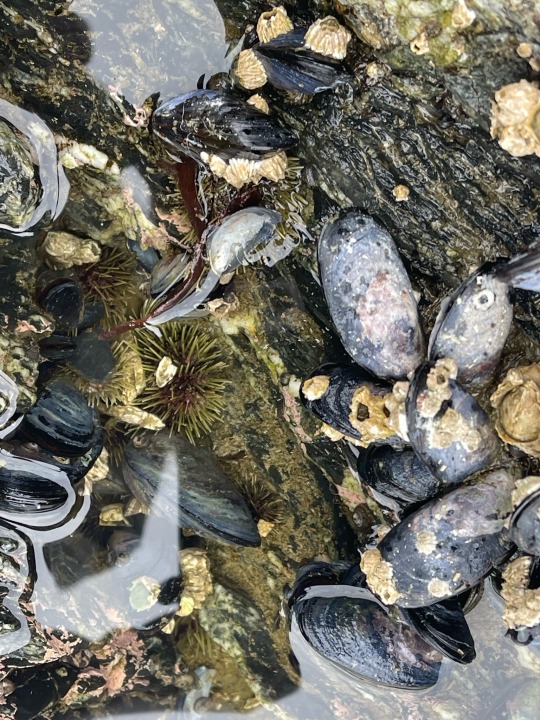


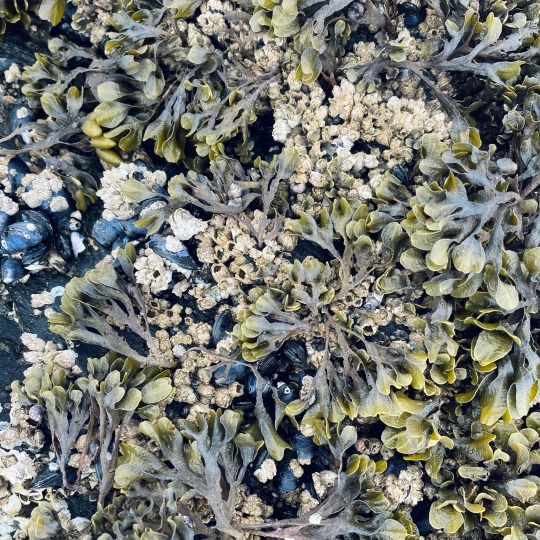
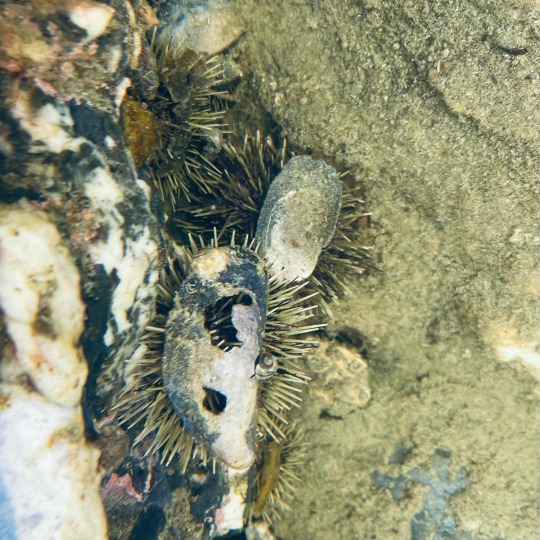
tide pooling after work
2K notes
·
View notes
Text
Uncharismatic Fact of the Day
Most people fear going to the dentist, but dentists themselves bow down to the mighty chiton! These slug-like marine invertebrates have some of the strongest teeth in the world-- at least three times harder than human enamal-- and are lined with hard minerals like iron and silicate compounds which enable them to scrape minute bits of algae off of bare rock.

(Image: A gumboot chiton (Cryptochiton stelleri) by Sara Wickam)
If you like what I do, consider buying me a ko-fi!
112 notes
·
View notes
Text

California tidepool invertebrates - chitons, sand dollars, snails, and limpets.
#tidepools#tidepooling#invertebrates#invertiblr#collage#chitons#sand dollars#marine life#limpets#shells#seashells
27 notes
·
View notes
Text
Taxonomy Tournament: Molluscs
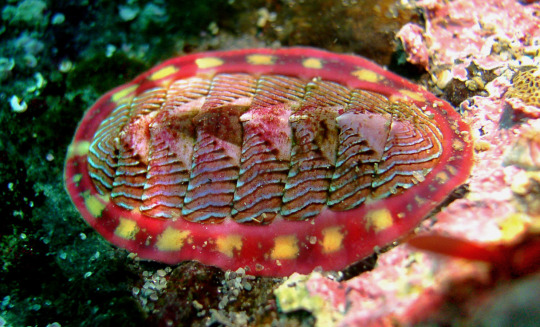
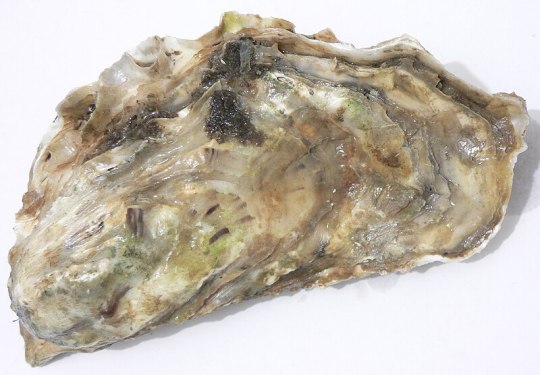
Polyplacophora. This class is made up of chitons, marine creatures that live under rocks. Their shells are made up of eight plates, protecting them while also allowing them to flex upwards or curl into a ball.
Pteriomorphia. This subclass is made up of bivalves with large gills used for feeding and rudimentary photoreceptors. Memebrs include mussels, scallops, oysters and pen shells
#animals#biology#polls#poll tournament#zoology#chitons#molluscs#spiralia#mussels#scallops#oysters#bivalves#Polyplacophora#Pteriomorphia#0xav0x35
98 notes
·
View notes
Text
Tide pool trip: March 6 2025:








(From L-R, U-D) 1. Shaggy mouse Aeolid nudibranch, possibly eating or trying to eat an aggregating anemone? 2. Striking electric green Moonglow anemone, (Anthopleura Artemisia) one of the thousands that have colonized on this beach. 3. A small sea lemon (Doris montereyensis) sheltered under a rock with an ochre sea star. 4. A pair of juvenile Mottled stars (evasterias troschelii) sheltered beneath a cobble 5. A stubby rose anemone (utricina Clandestina) in the shell silt in the receding tide. 6. A leather star in a deep tide pool on the reef exposed by low tide. 7. A chiton, possibly mossy chiton, sheltered beneath a beach cobble. 8. The scenery at this location, depicting the reef. (Fairhaven, WA)
#marine ecology#marine biologist#marine biology#marine animal#marine science#marine life#sea life#aquatic life#intertidal zone#tidepooling#tide pools#pnw#pnw photography#marine photography#biology#field recording#citizen science#enchidoderms#nudibranchs#sea anemone#chitons#salish sea
15 notes
·
View notes
Text
today's invertebrate..............tonicella insignis
at this moment in time and/space I would like to tell you that you should go to tonicella insignis to meet up somewhere at the tallest mountain coveted in ash and fog where you will have a number carved on your head, a special kind of number that will protect you from harm for one year and a half before it starts to rot and decay but don't worry because the number is also written on a paper that must be kept with you safely so you can carve it yourself next time you need some help, and you have to make it feel safe and okay so it works everytime and doesn't start to get wet and mushy and gross but don't worry because the last time that happened was 3 million years ago so that means that the paper will be safe forever with you or you might make history which would also be nice but a bit of a bummer too
.........jollyness rating: 31.4% numbers

photographed by Sara Thiebaud (thiebaud), iNaturalist! link to original observation
11 notes
·
View notes
Text

That’s Wild: Chitons’ Eye Evolution
Chitons are small marine mollusks with shells made of overlapping plates, like armor, covered with light-sensitive cells that act as their eyeballs. Some chitons have hundreds of complex "shell eyes,” which have lenses that can distinguish shapes as well as light, embedded in their shells. Other chitons have thousands of smaller, simpler “eyespots” that work together like pixels to form a visual sensor distributed over their shells.
By Matt Knoth
Center for Biological Diversity
#matt knoth#photographer#center for biological diversity#chitons#marine mollusks#marine photography#nature
13 notes
·
View notes
Text

Blue-Green Chiton (Chiton glaucus)
Family: Typical Chiton Family (Chitonidae)
IUCN Conservation Status: Unassessed
Like other chitons, the Blue-Green Chiton is a heavily armoured eyeless mollusc related to marine snails which relies on its strong aragonite-based shell to defend it from potential predators as it slides slowly along on a frilly "foot", clinging to surfaces beneath it as it travels using a layer of thin-yet-sticky mucus and the suction-cup-like shape formed by the foot's frilly rim. Although they lack any conventional eyes, the 8 armoured plates of a chiton contain numerous lens-like structures (also made of aragonite) which focus light onto a retina-like membrane, allowing the chiton to perceive light and possibly basic shapes above them in order to identify potential predators, giving them an opportunity to grip more tightly onto the surface beneath them to prevent them from being flipped over to expose their unarmoured underbelly (although if this does happen they are also able to curl up in order to leave as little of their foot exposed as possible.) Found in coastal and estuarine waters surrounding New Zealand and Tasmania, Blue-Green Chitons spend much of the day concealed in rocky cracks or under large stones and emerge at night to feed, using a spiny tongue-like structure that extends from their tiny downwards-facing mouths to scrape algae off of the rocks beneath them. The name of this species refers to the variety of colours seen on the shells of different individuals; while typically dull green, individuals with blue, yellow or pale brown shells are also frequently reported.
-------------------------------------------------------
Image Source: Here
Also see here for a very cool video explaining how chiton "eyes" work.
#Chiton#chiton#chitons#zoology#biology#malacology#animal#animals#marine animals#marine wildlife#marine biology#mollusc#molluscs#mollusk#mollusks#Oceanian wildlife#Blue-Green Chiton#new zealand wildlife#australian wildlife#wildlife#nature
45 notes
·
View notes
Text
So, apparently, Chitons have hundreds of tiny organs on their shells that, when used together, actually form a single compound eye.
3 notes
·
View notes
Text
After falling in love with great kilt I really hope that structureless garments make a major comeback
2 notes
·
View notes
Text


Photo 1 - Polyplacophora sp. / Photo 2 - Callistochiton sp.


Photo 3 - Ischnochitonidae sp. / Photo 4 - Polyplacophora sp.
Collection of chiton molluscs found in the tidepools.
QLD:CQC - Yeppoon, tidepools
#invertebrates#invertblr#Ischnochitonidae#Polyplacophora#Callistochiton#unidentified#Chitons#Mollusca#molluscs#mollusks
5 notes
·
View notes
Text
I saw my first chiton today when I was grading abalone at work and I was TRANSFIXED. A segmented shell like an arthropod AND a foot like a mollusc. What a life these itty bitty creatures must lead.
These are what they look like. I tried to take a photo of the one I found but I am no photographer.

Mine👆 Others’👇





1 note
·
View note
Note
Could I suggest a post about chiton? I feel like even a lot of the more ‘well known’ ones like gumboot, mossy, or lined chiton are animals that most people would say theyd never even heard of, and I think theyre super cool little critters.
Absolutely you can!
You know, when I was a kid I actually thought that smaller chitons were fossils because of the way they looked so completely fused to the rock!
32 notes
·
View notes
Text








I saw my first ever wild red octopus and gumboot chiton during the November King Tide at Pleasure Point!
13 notes
·
View notes
Text
Taxonomy Tournament: Molluscs


Polyplacophora. This class is made up of chitons, marine creatures that live under rocks. Their shells are made up of eight plates, protecting them while also allowing them to flex upwards or curl into a ball.
Octopoda. This order is made up of octopuses, predatory marine creatures with eight limbs. Their soft body allows them to squeeze trhough small spaces. They are capable of camouflage and are among the most intelligent animals.
#animals#biology#polls#poll tournament#zoology#Animal Tournament Round 4#chitons#molluscs#spiralia#octopus#octopi#octopuses#cephalopods#Polyplacophora#Octopoda#0x1ev0x1f
49 notes
·
View notes